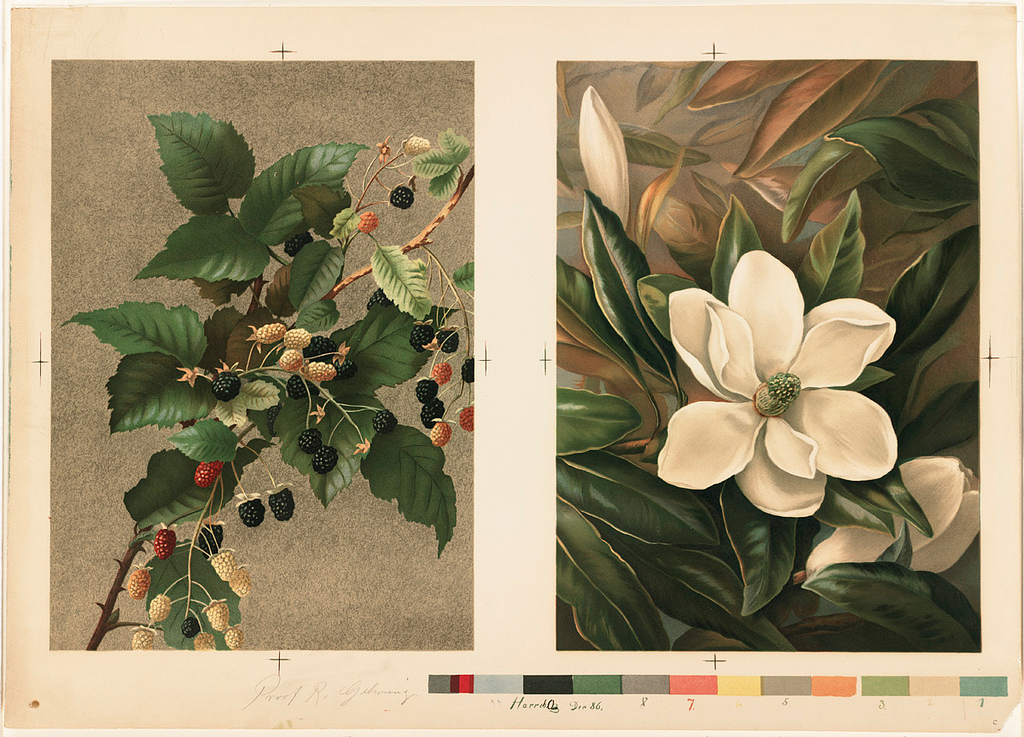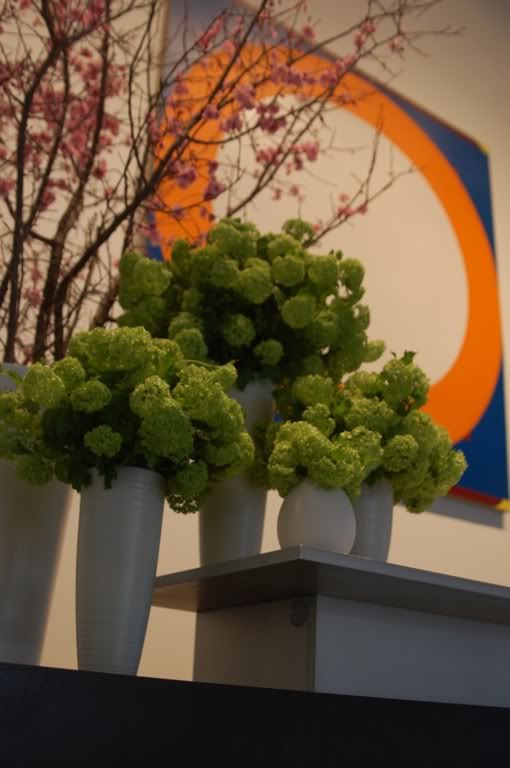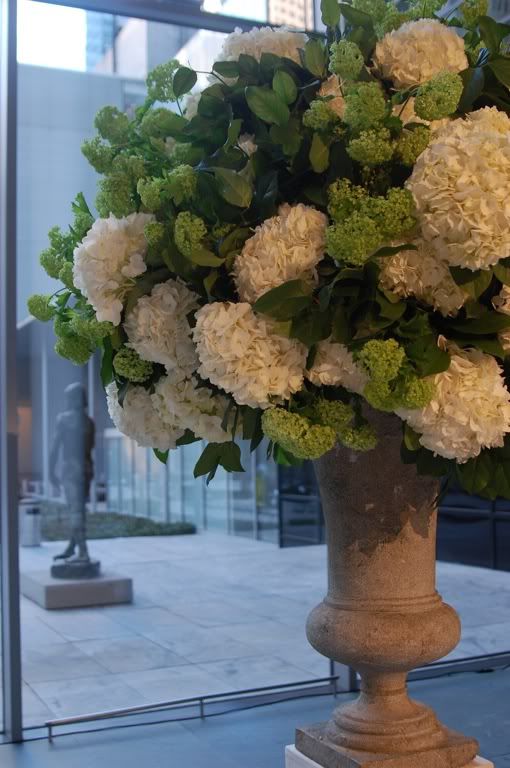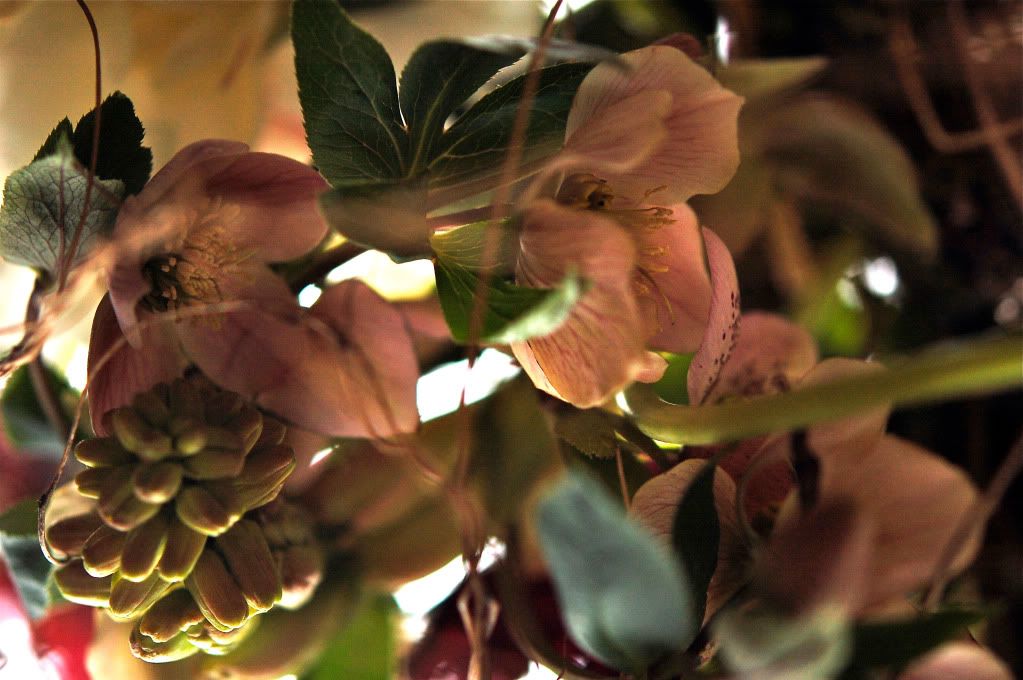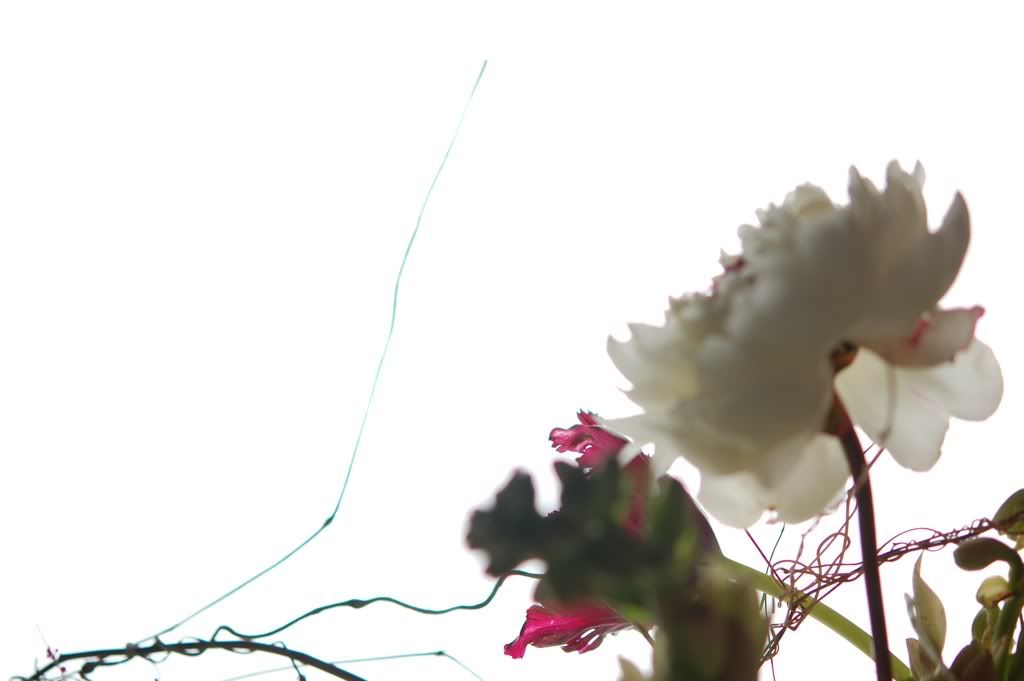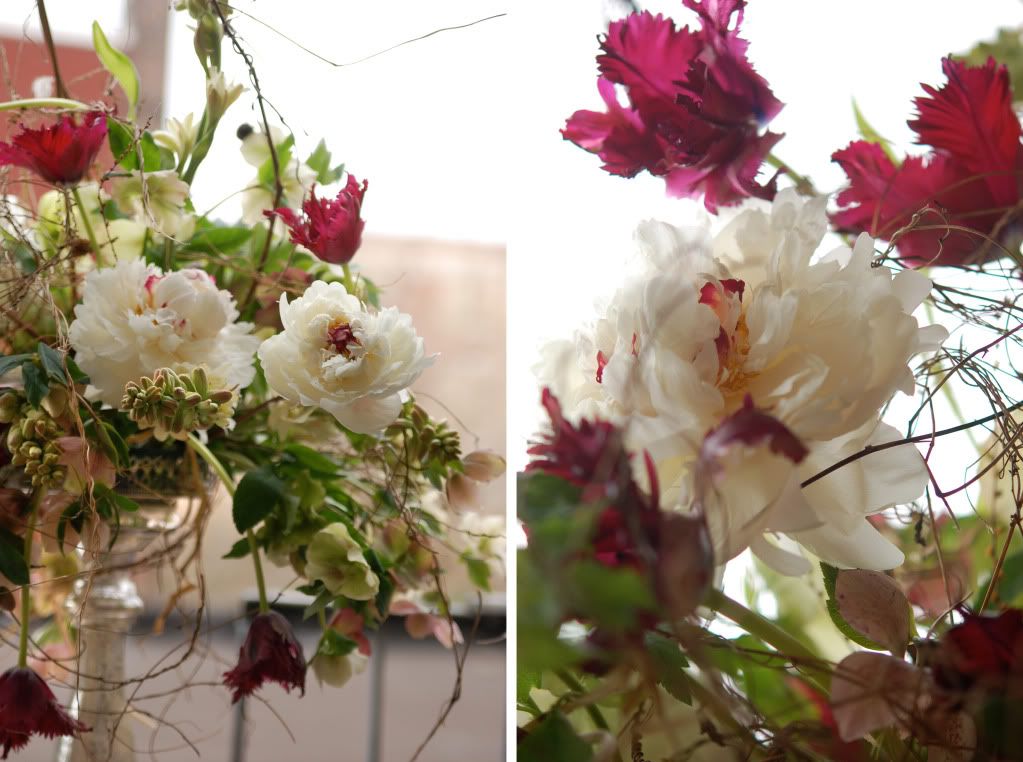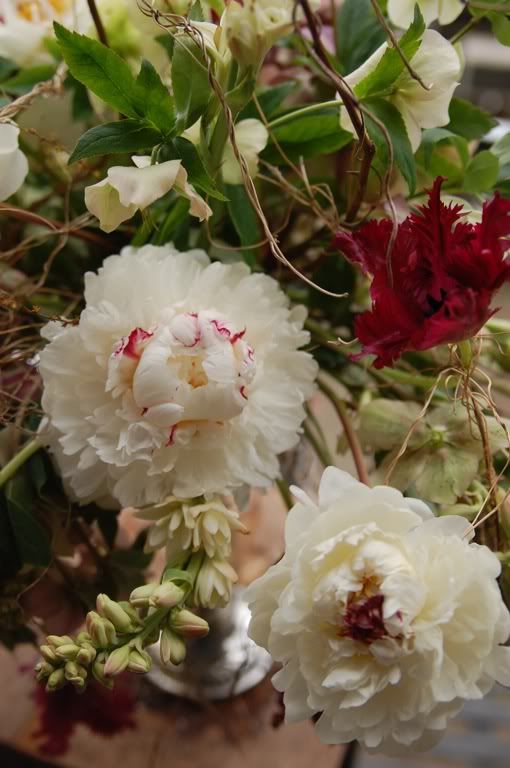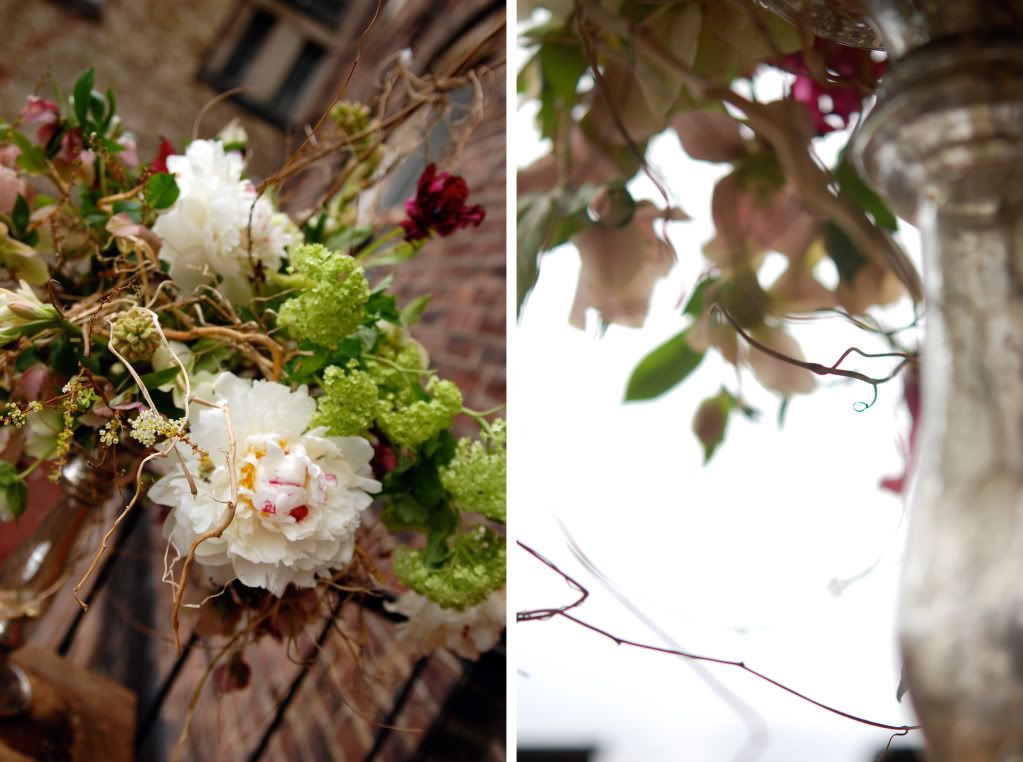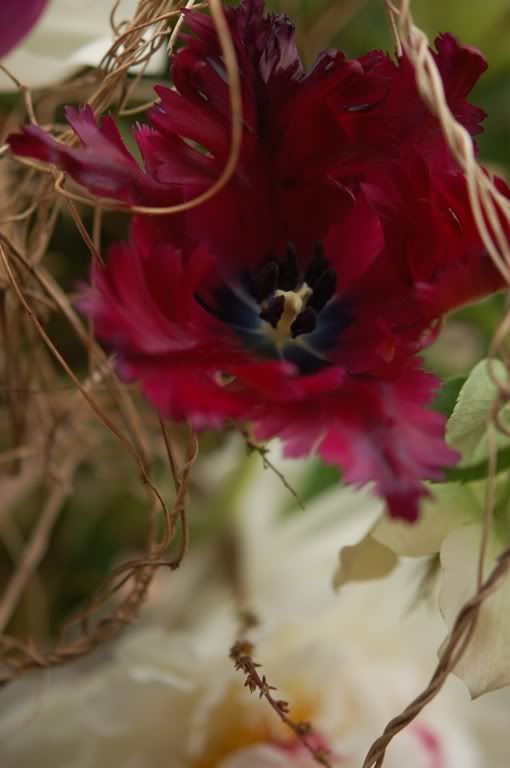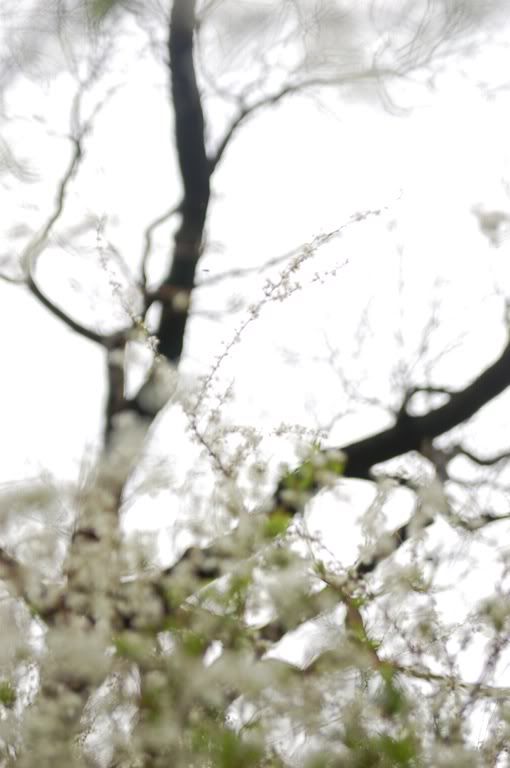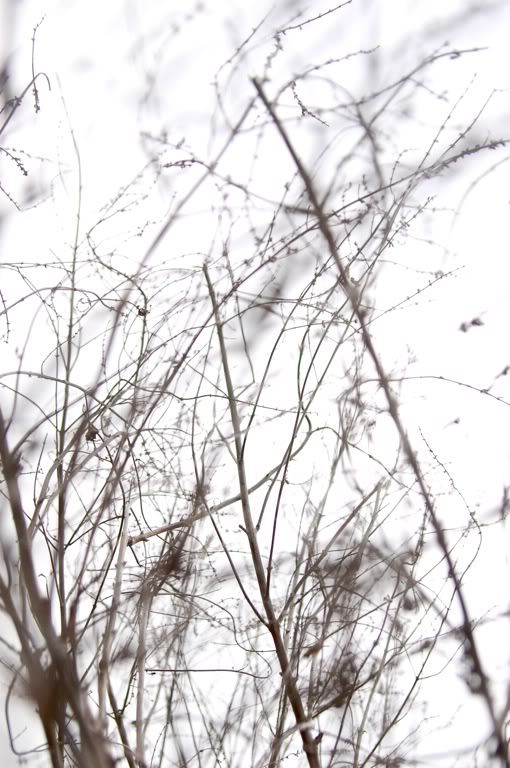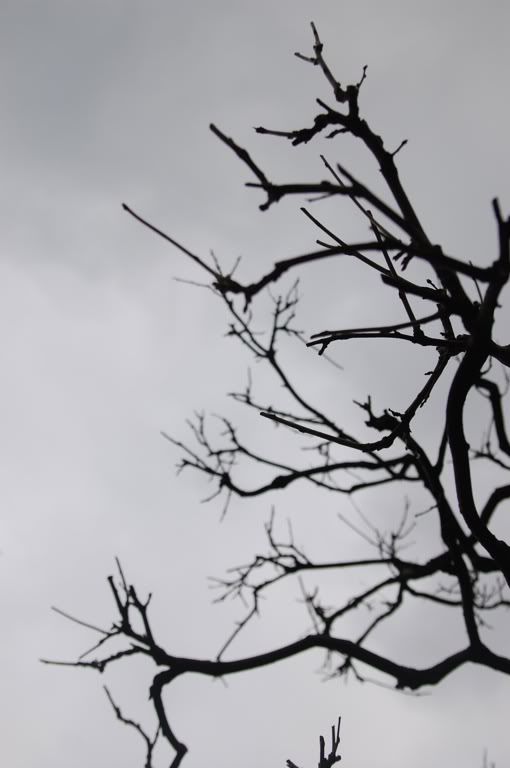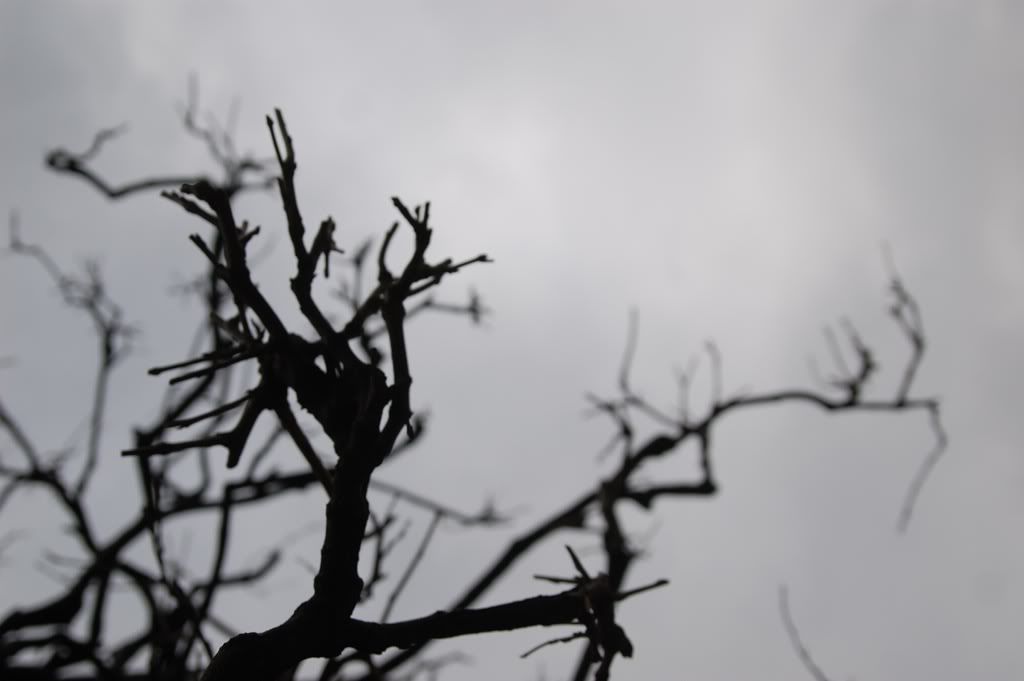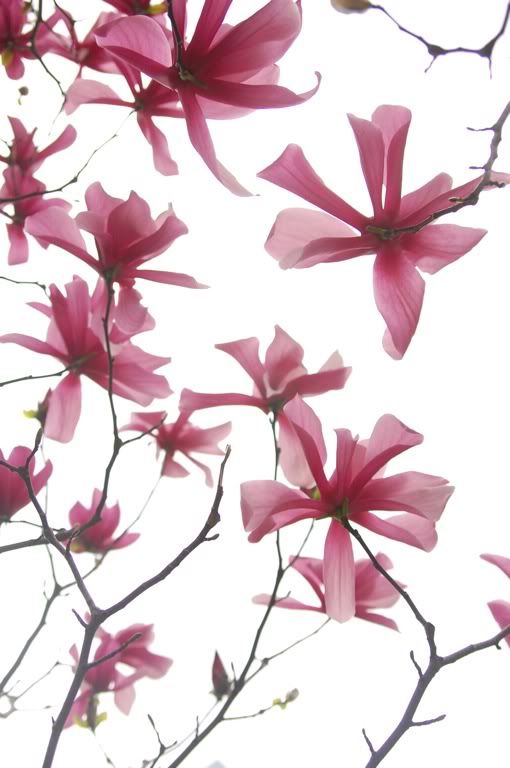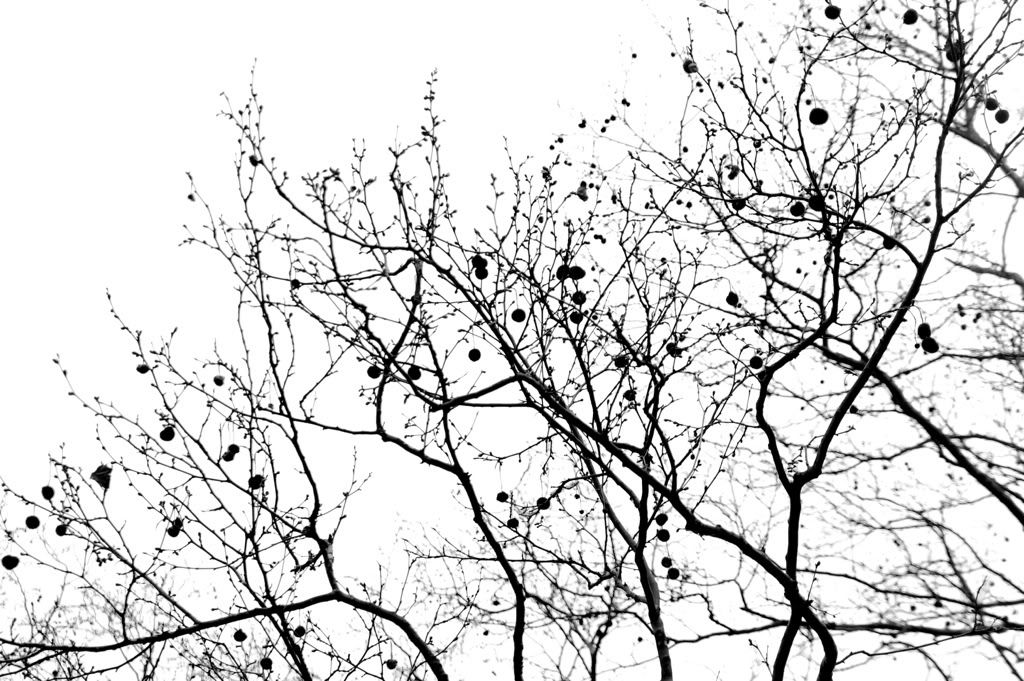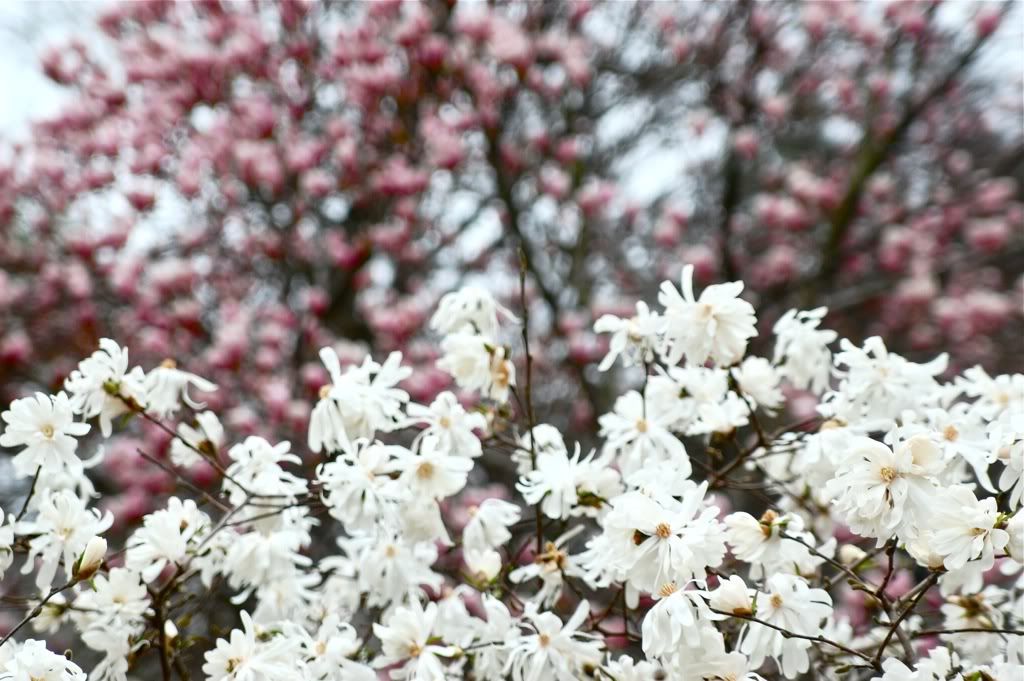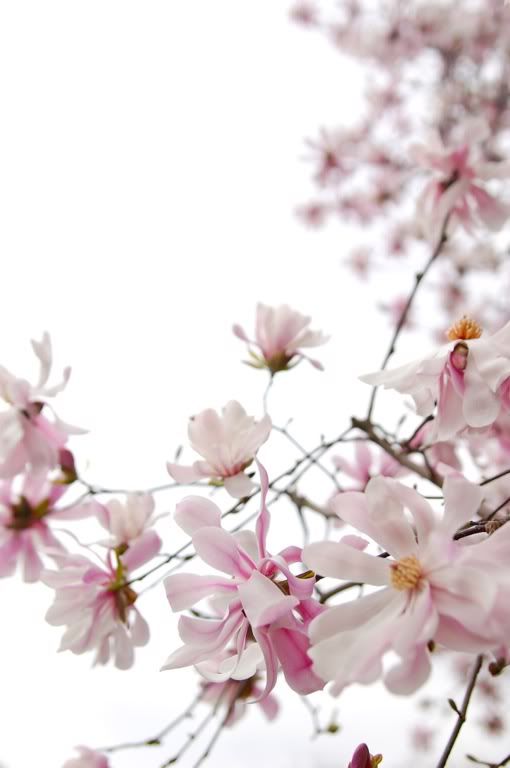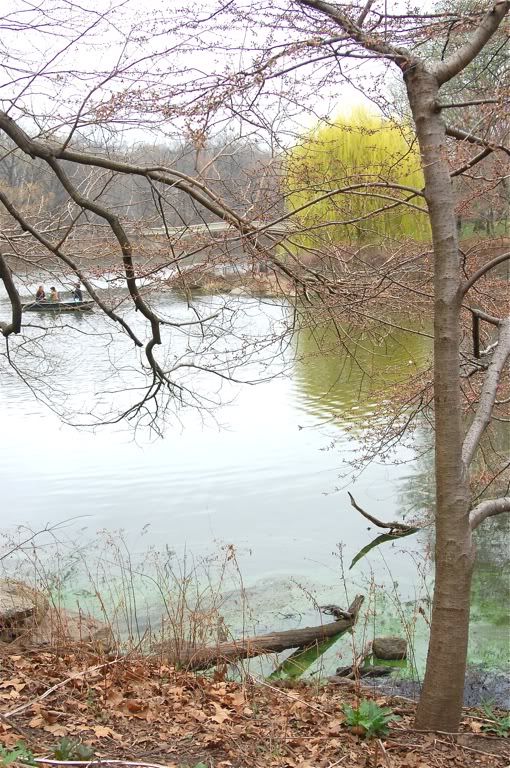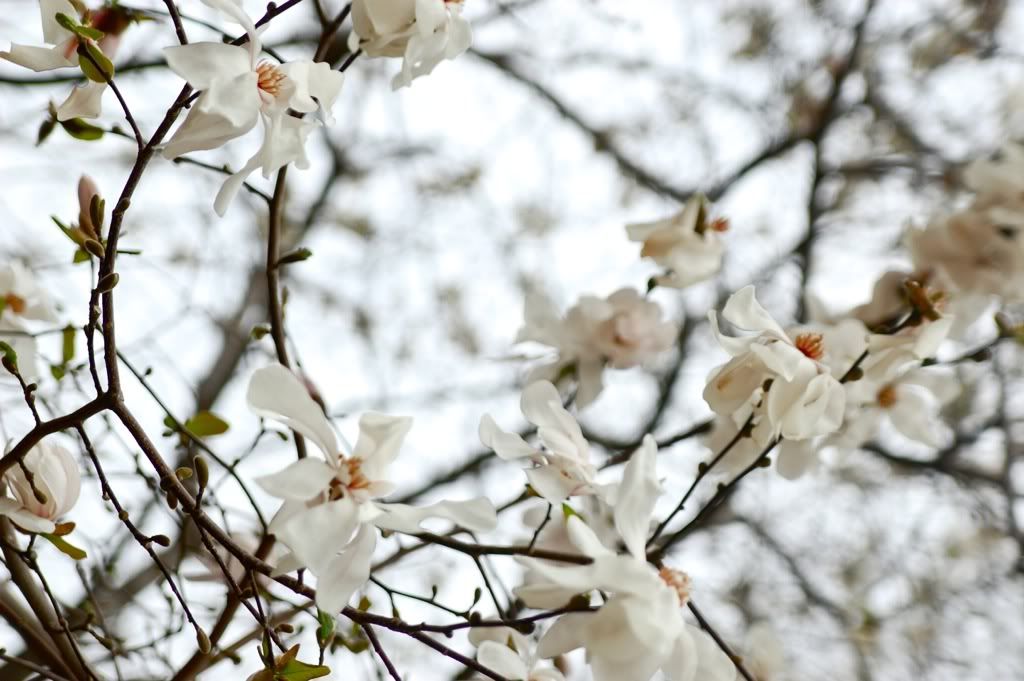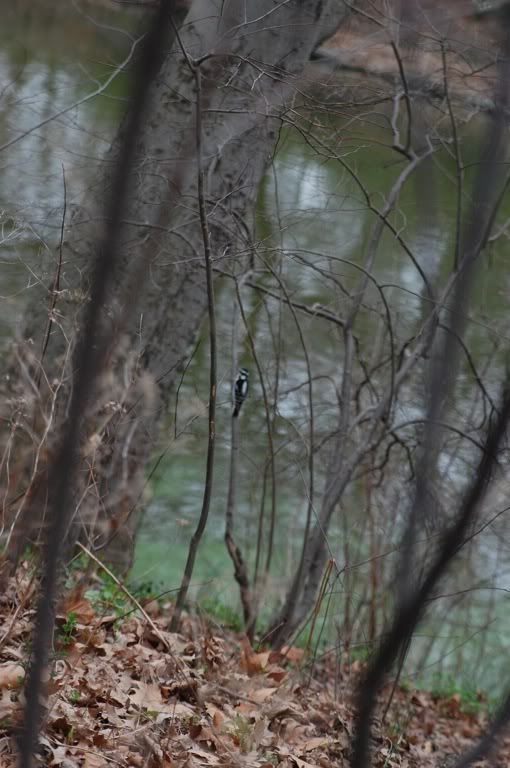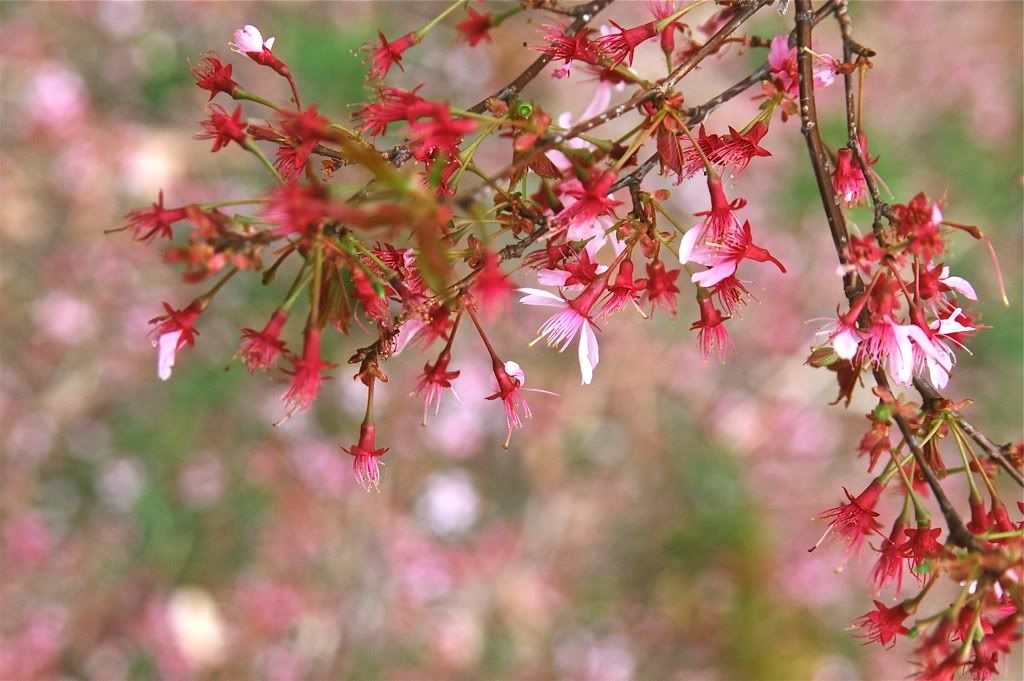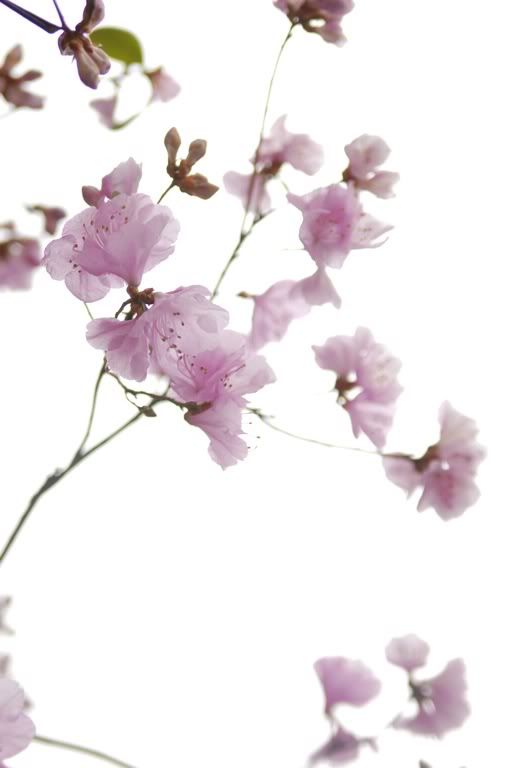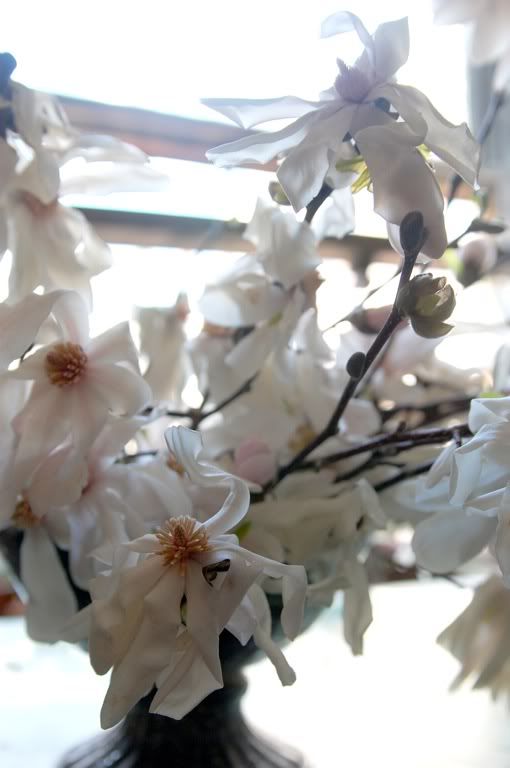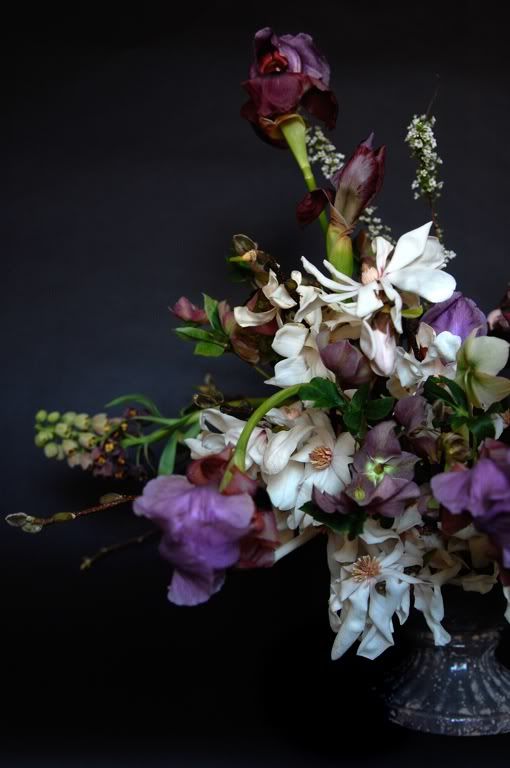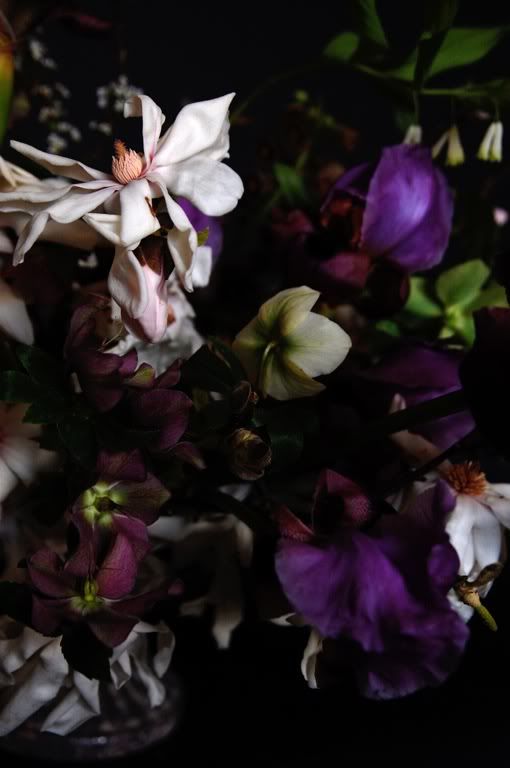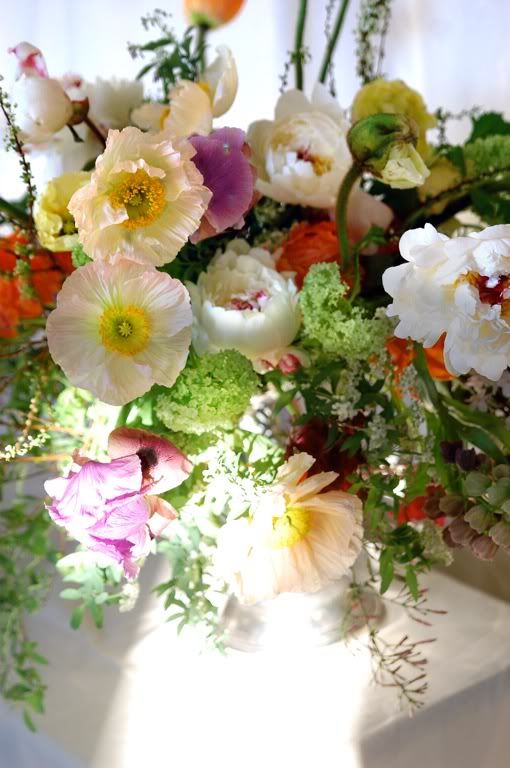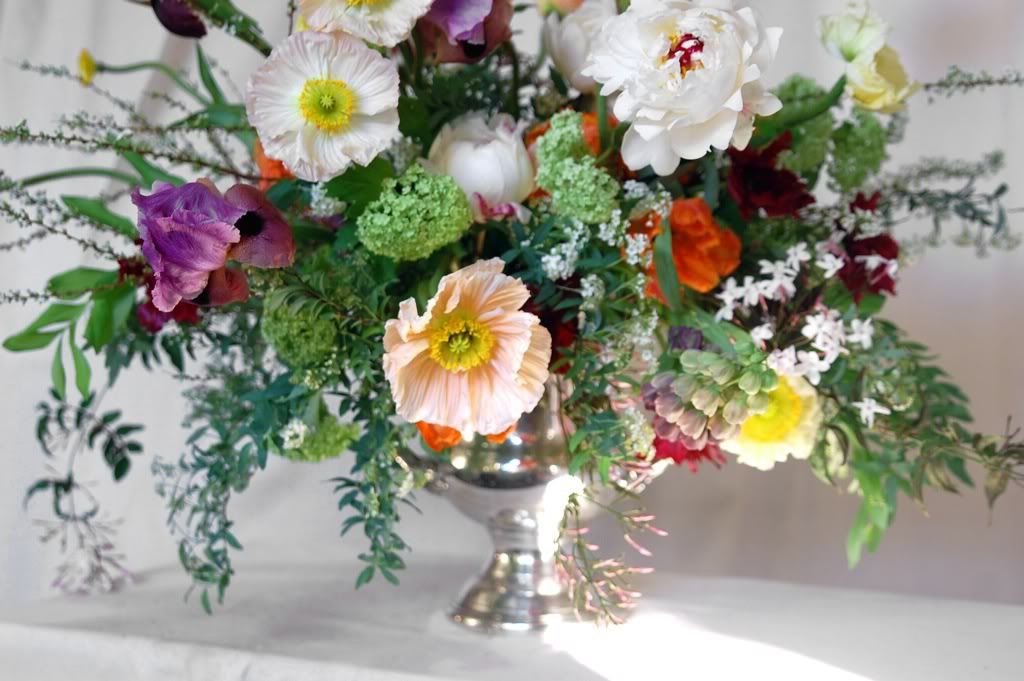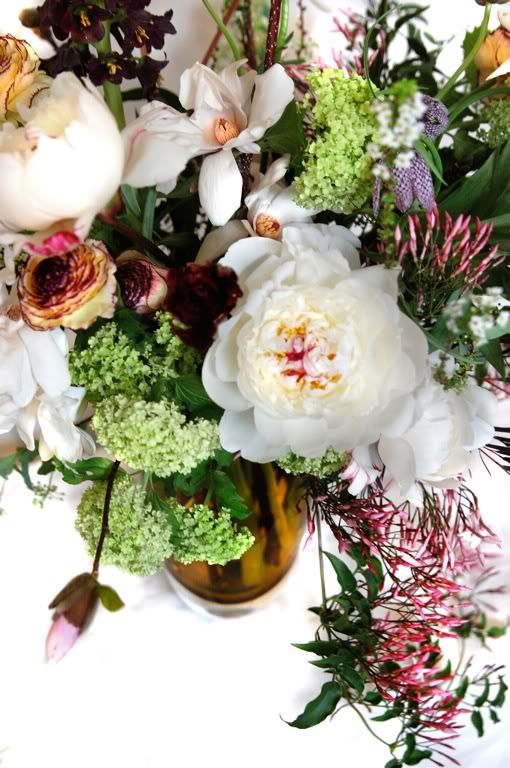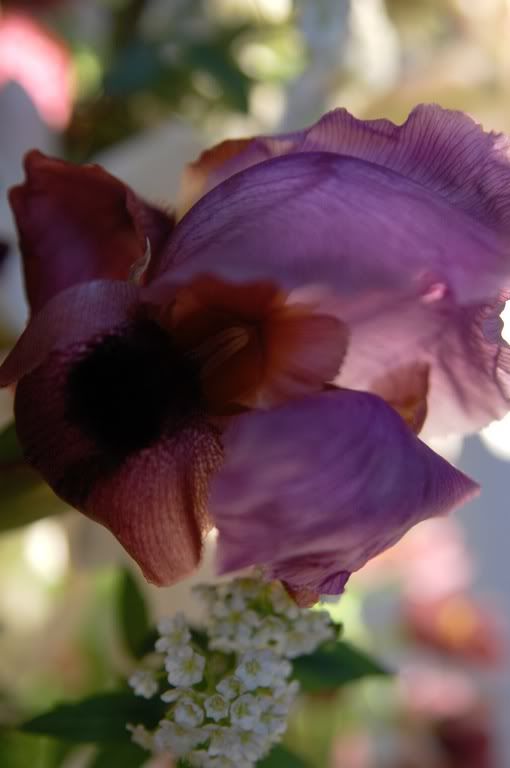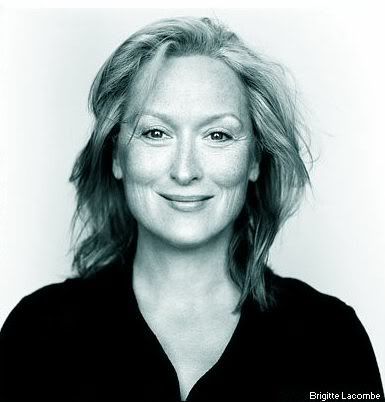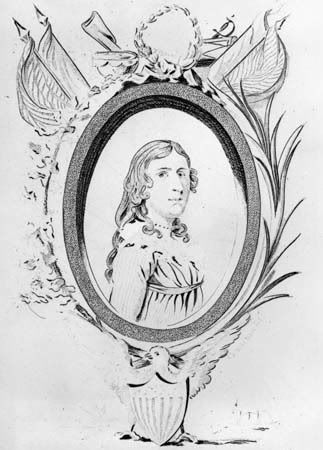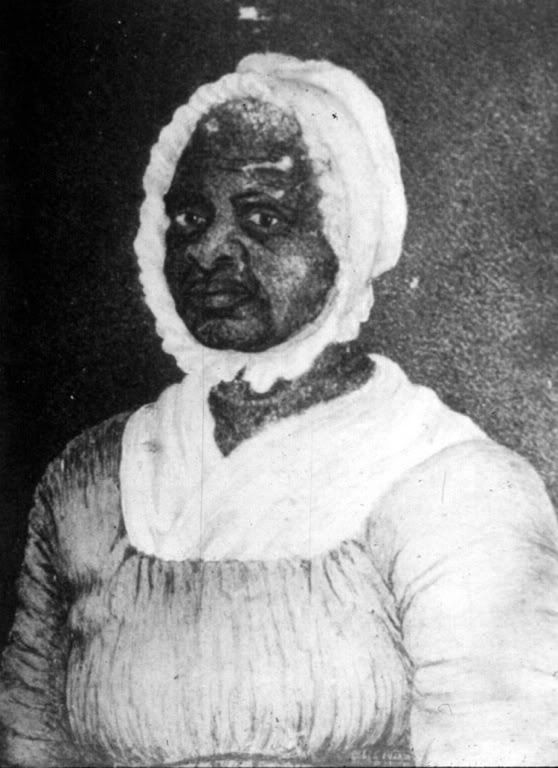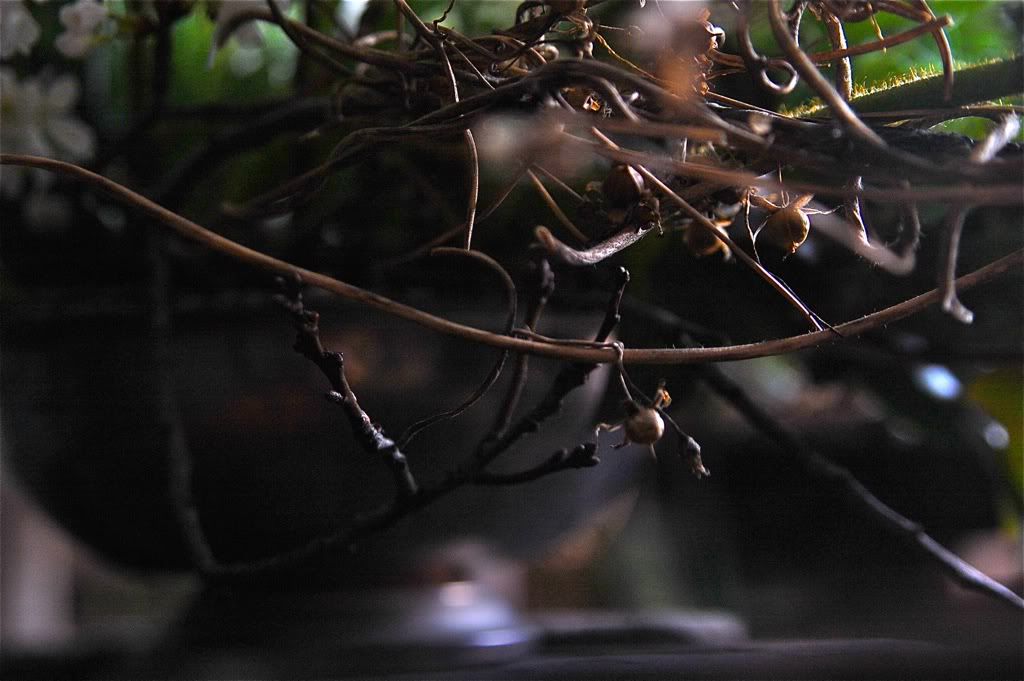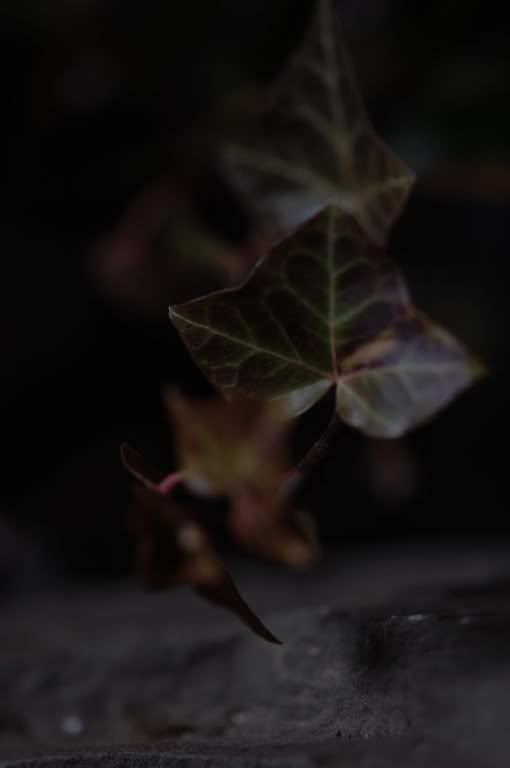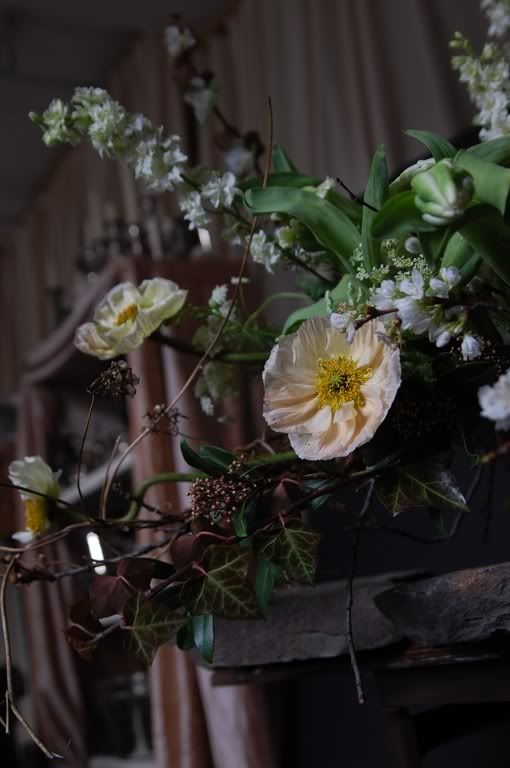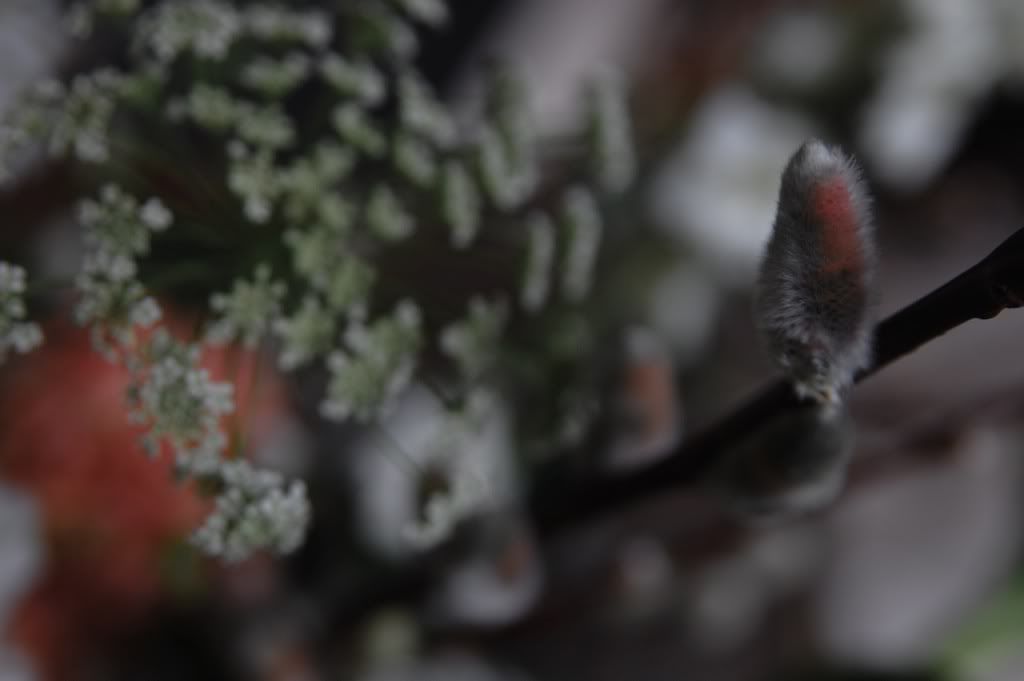
While I was perusing fashion blogs today I stumbled upon Raf Simon's last fashion show with Jil Sander in Milan last February. What struck me was the way Mr Simon's had conceptualized the runway with "floral kiosks" as it were. I was struck by the way the flowers, designed by Marc Colle, were displayed and the play between their richness in colors and complexity of composition against the minimal elegance of the clothes. The plexi boxes which encased these elaborate arrangements confined them in another world. The effect was that of seeing the flowers as precious objets d'art and the models walking around them, wearing the beautiful minimalist and elegant Fall line, in a hypnotic march (a little Stepford Wife-like) as if the "living sculpture" didn't exist. It worked in a strange juxtaposed way, almost surreal or hyper modern. I know I'm reading a lot into it and Raf Simmon's simply wanted to create an environment that would compliment his fashions, but I think it did more than that. Seeing these Flemish inspired arrangements in as antiseptic museum like display case spoke to the lost art of Flower arranging- although it's not lost at all, it's simply not revered in the same manner as it was in those great Golden Dutch age masterpieces. Hopefully that is the direction floral design is heading again!
It has always been a fantasy of mine to have a gallery show with floral arrangements as the artwork. Mr Simons was able to capture some of this idea in his last show with Jil Sander which is probably what resonated so much with me. After all I DO believe that a finished arrangement should be a work of art. The question is really posed to those experiencing the flowers of whether a particular arrangement has succeeded in this regard. If I didn't regard every arrangement this way then it wouldn't be worth being a florist. Flowers are not the only medium I like to express myself with but they are a very important one and one which continually inspires me over and over again.

